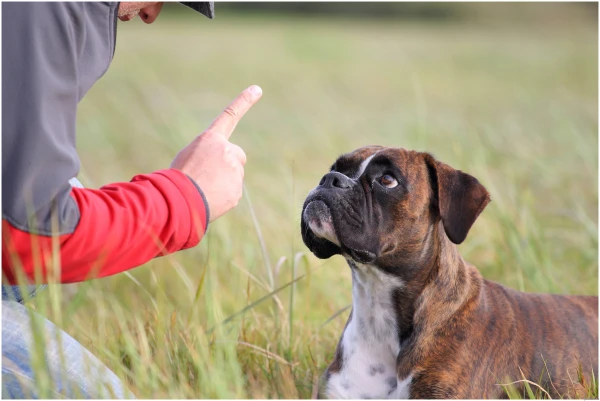
Many owners believe that the command 'no' is a universal way to stop their pet. But animal psychologists warn: using it too often not only doesn't help, but can also harm the relationship between human and dog. Instead of harsh prohibitions, specialists recommend using other methods — gentle, but much more effective.
Why 'no' is ineffective
Imagine: a dog is chewing on a slipper, you say 'no' — it lets go, but soon returns to the prey. The thing is, the pet perceives the situation as a game or competition. It doesn't understand that it is breaking a rule, but simply 'argues' with you over the item. Over time, this only reinforces the bad habit.
What to do instead of prohibiting
- Use distraction — create an unpleasant but safe noise: tap a spoon on a pot or clap your hands.
- Avoid eye contact — do not focus attention on the dog.
- As soon as the pet gets distracted and looks at you, stop the noise.
- Repeat until the animal understands that the unwanted action causes an unpleasant effect.
This way, the dog forms a stable connection: action → unpleasant sound → cessation of action.
How to reinforce correct behavior
For the dog to understand what you want, it is important to offer an alternative. If it is chewing on shoes — give it a toy. If it jumps on guests — ask it to 'sit'. Every time the pet chooses the correct behavior, praise and reward it with a treat.
The main principle of training is not punishment, but understanding. When the dog feels your support and sees the logic in your actions, it obeys more willingly and learns the rules faster.
Source: whoopee















Leave a comment